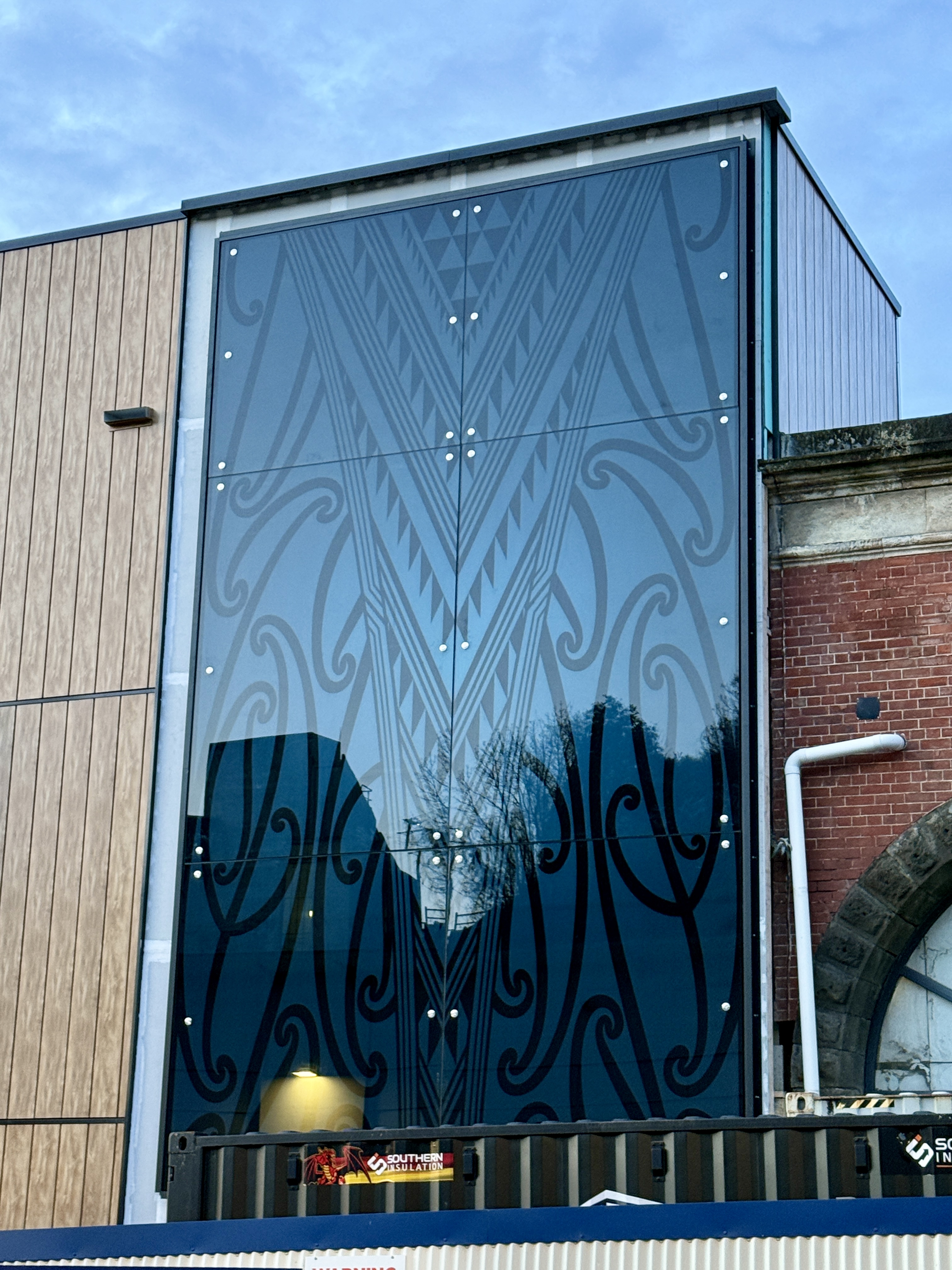Aonui is a prestigious name that encapsulates Kāi Tahu identity throughout time, Te Rūnanga o Ōtākou Ūpoko Edward Ellison says.
“The name Aonui has great mana and significance in both te ao Māori and in Kāi Tahu tradition and has the endorsement of mana whenua from across the region. Given ORC’s important role in achieving the sustainable use and management of our environment, and their commitment to partnering with mana whenua, we are delighted to share such a prestigious name for their building,” Mr Ellison says.
Aonui relates to the pursuit of knowledge in the natural world. In the celestial world, Aonui is the son of Rehua, known as Antares in western astronomy.
The waka Āraiteuru, which is synonymous with Otago coast, had a crew member named Aonui, who sought fresh water and found it at Mata au (Clutha River) and is remembered by the tall basaltic pillar named Aonui (Cooks Head) just north of the Tokomairaro River on the Āraiteuru coastline. Otago Regional Council Chairperson, Gretchen Robertson, says Aonui reflects Council’s commitment to mana whenua and to the environment.
“We are delighted that mana whenua have endorsed this prestigious name that is solidified in the Otago landscape and pulls together all aspects of the environment, from freshwater to salt water and to air. It really highlights the importance Council places on our relationship with mana whenua and our joint environmental priorities and aspirations.”
The name and designs have been derived from mātauraka (knowledge) provided by mana whenua cultural experts Dr Megan Pōtiki, Paulette Tamati-Elliffe and Edward Ellison.
The new name is in line with the installation of the first of two large feature panels being installed along Maclaggan Street and Broadway this week.
The panels, designed by Kāi Tahu artist Ephraim Russell, under the guidance of Aukaha’s Mana Ahurea design team, depict the awa (rivers and streams) that run through Dunedin, in particular the awa Toitū that flows down Maclaggan Street.
Kāi Tahu share a deep, cultural connection to freshwater, recognising its vital role in traditions, practices, and its symbiotic relationship with the land. Freshwater holds importance as a taoka (precious resource), influencing traditional practices of mahika kai, and fostering a sense of respect, reciprocity, and kaitiakitaka (stewardship).
The pūhoro patterns (a traditional motif in Māori design) represent the water’s movement and speed as it journeys across the whenua.
Aukaha is a mana whenua owned organisation that delivers cultural design integration, environmental and social services across the Otago and South Canterbury region.
Led by Aukaha Design Lead Aroha Novak, Aukaha’s design team includes Kāi Tahu artists Kate Stevens West, James York, and Ephraim Russell, who have worked with architects GHD in a co-design process to weave mana whenua values and narratives into the building design.
The location of the build is significant to mana whenua, with the Toitū awa/stream adjacent to the site of the building, as well as the location of the old Māori hostel nearby.










